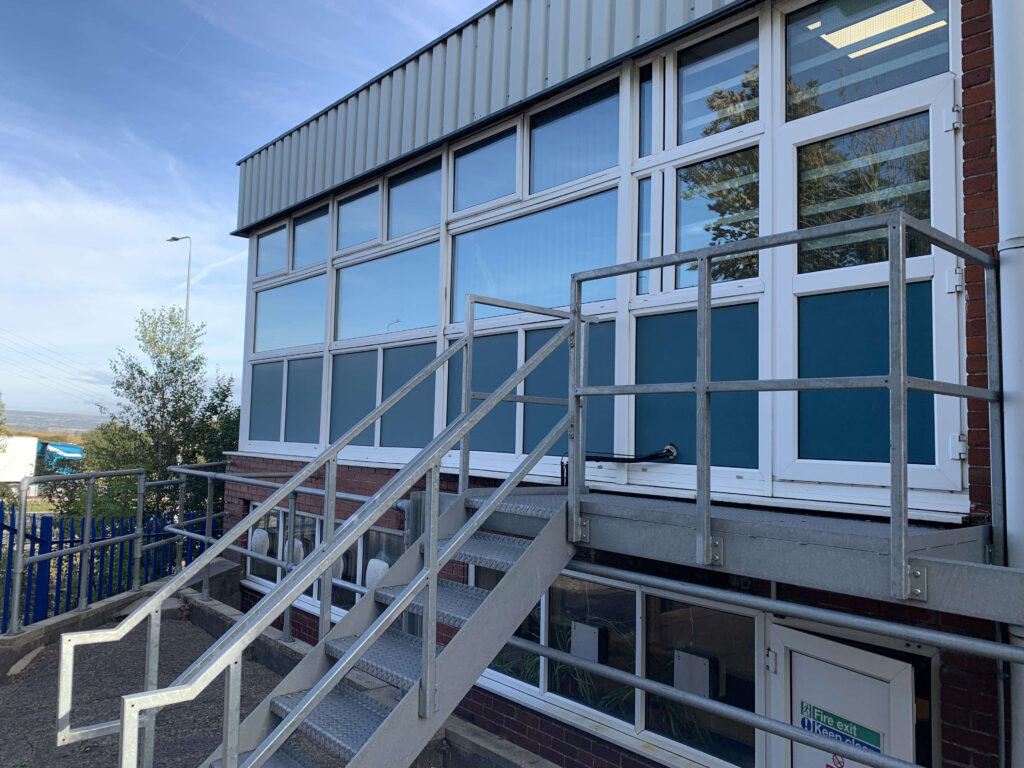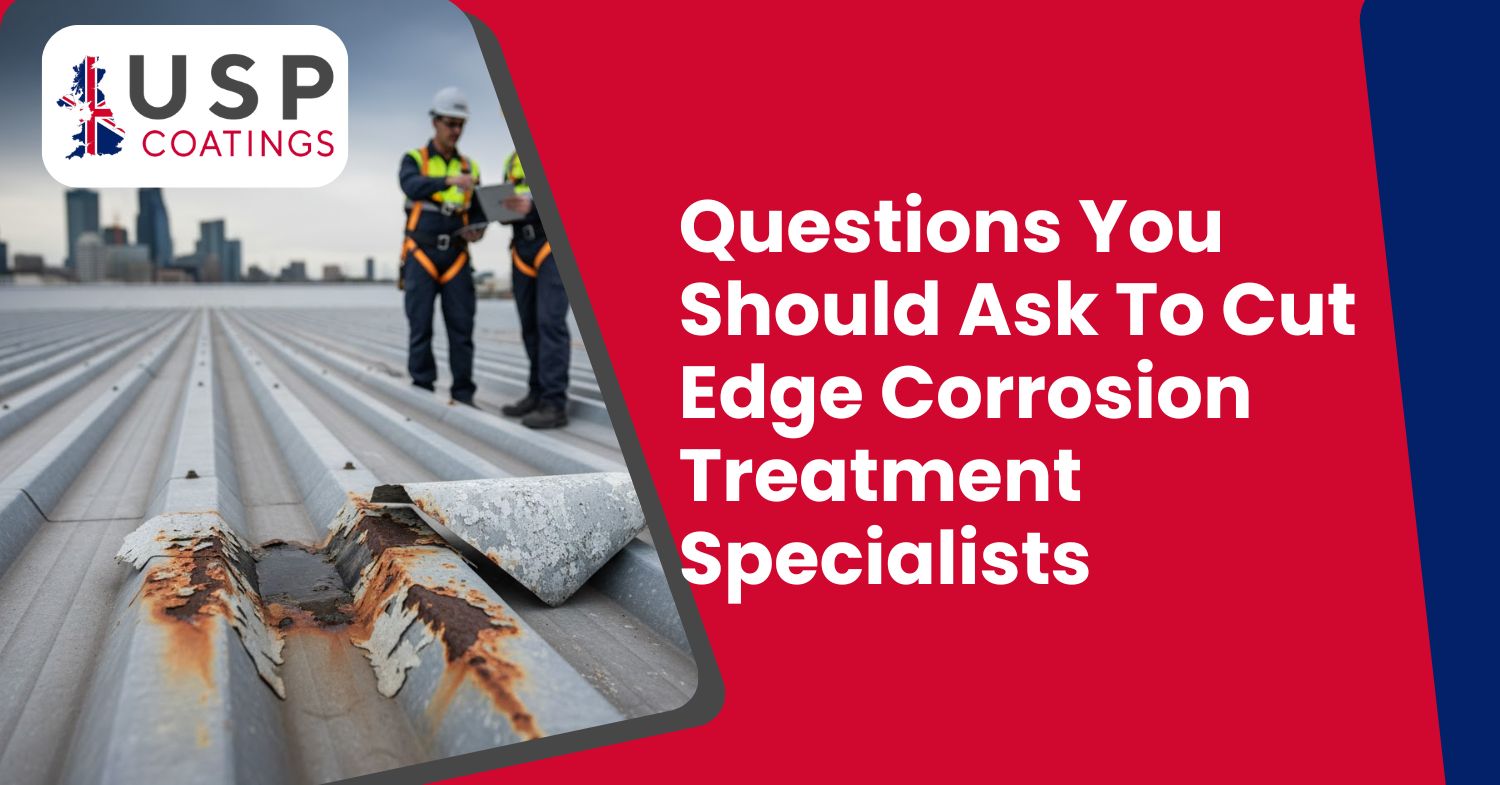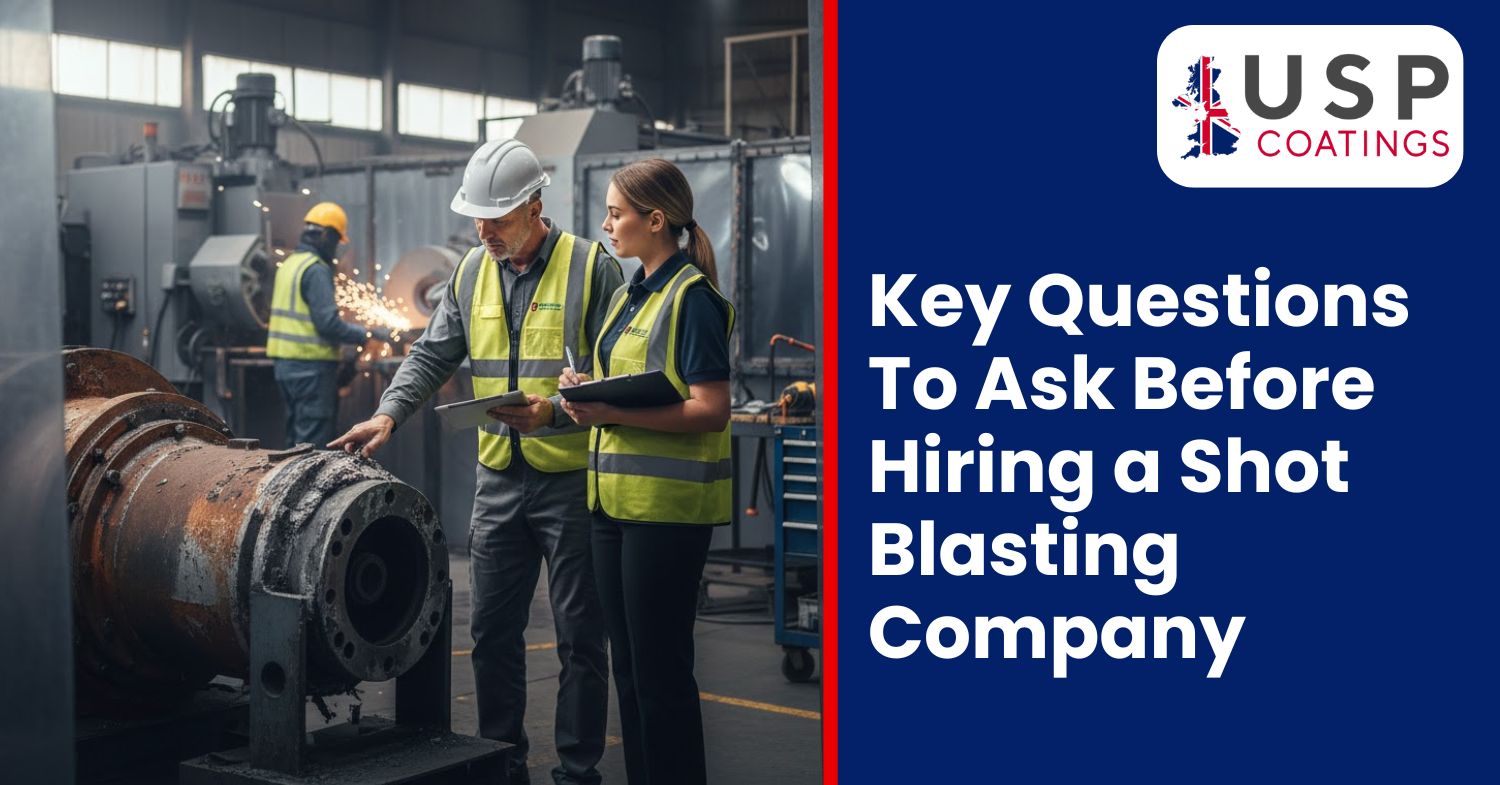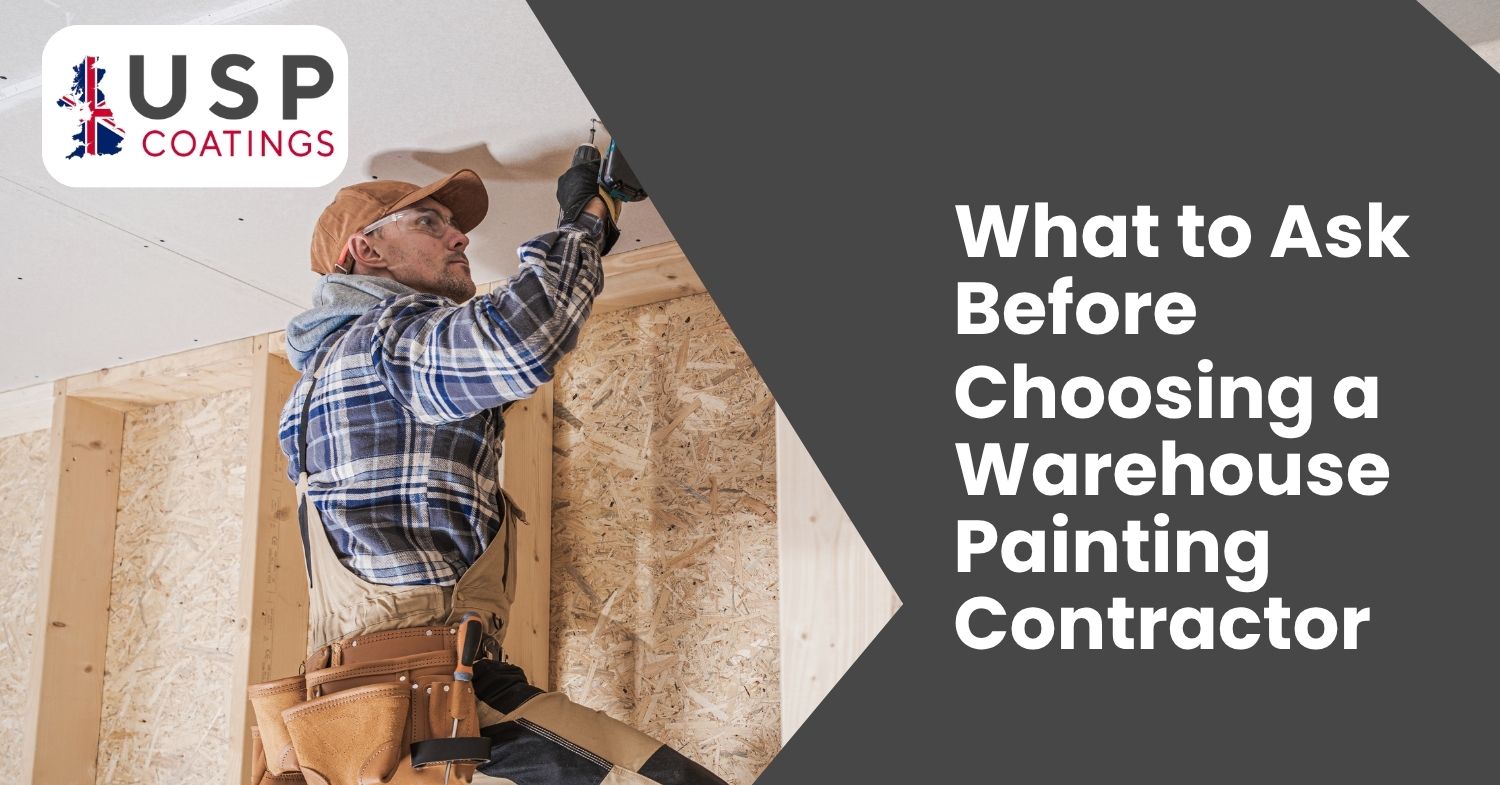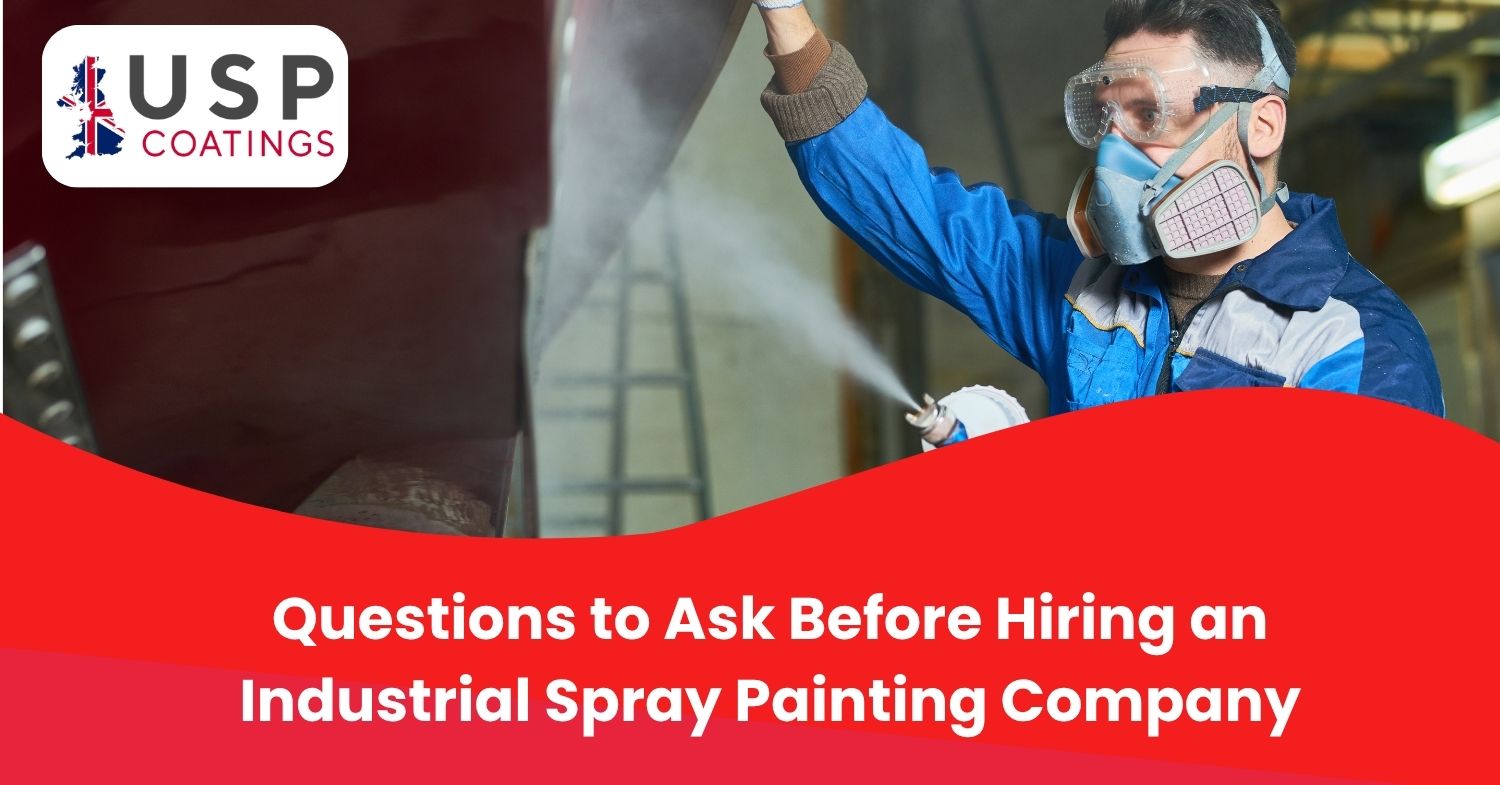It always begins at the edge of awareness. Visitors don’t consciously stare at your building’s curtain wall, but they judge it immediately. Is it clean? Fresh? Modern? Or has it started to crack, fade, and whisper neglect? That one surface, often overlooked, sets the tone for everything that follows.
Commercial building curtain wall paint is more than just a coat of color. It’s a line of defense against corrosion, environmental wear, and brand erosion. Businesses don’t get second chances at first impressions. That’s why the choice of paint on the building’s most visible surface carries lasting weight.
What Is Curtain Wall Paint and Why Does It Matter?
Curtain wall paint refers to the coating applied on the non-structural external panels of a building, usually aluminum, steel, or glass-clad systems. These walls protect interiors from weather while projecting a modern, clean aesthetic from the outside. But without protective paint, even the strongest materials suffer under the sun, wind, and rain.
Over time, the absence of a quality coating leads to chalking, oxidation, water seepage, and eventually, costly repairs. Regular application of commercial building curtain wall paint keeps the surface intact and the building looking sharp. It also helps reduce long-term maintenance and preserves asset value.
The Business Impact of a Well-Maintained Curtain Wall

A clean, uniform façade signals professionalism. A damaged or faded wall suggests neglect, even if the interiors are flawless. For potential tenants or clients, the outside sets expectations about what’s inside.
1. First Impressions Drive Lease Value
Building owners often underestimate how much appearance affects leasing rates. Prospective tenants form assumptions within seconds. When curtain walls look clean and well-painted, they communicate care, stability, and attention to detail, qualities that attract premium leases and high-quality occupants.
2. Structural Integrity Is Protected
Paint forms a protective shell around panels, especially metal-based ones, shielding them from water, pollutants, and UV rays. A properly coated curtain wall can last decades without needing replacement, while uncoated panels degrade faster and cost more to fix.
3. Regulatory Compliance and Safety
Failing paint or visible rust can result in citations or insurance complications. Many building codes require external surfaces to be in good condition. Regularly scheduled commercial building curtain wall paint maintenance helps avoid violations and protects liability coverage.
Types of Curtain Wall Materials and the Right Paint for Each
Curtain walls come in multiple materials, each with its own vulnerabilities. A one-size-fits-all paint approach doesn’t work. Choosing the right product for the substrate ensures better bonding, longer lifespan, and lower risk of failure.
Aluminum Curtain Walls
Aluminum is durable and lightweight, but still requires protection. Left exposed, it oxidizes and loses its reflective finish. A fluoropolymer or polyurethane coating creates a tough outer layer that resists corrosion, UV degradation, and staining from urban pollutants. These paints also help maintain the aluminum’s natural sheen.
Steel Curtain Walls
Steel is stronger but more reactive. Rust is a constant risk, especially in humid or coastal environments. Applying a zinc-rich primer followed by a high-build polyurethane paint helps create a corrosion-resistant barrier. Regular inspections and timely repainting are essential to avoid major structural issues.
Composite Panels (ACM/ACP)
Aluminum composite panels are increasingly popular for their flexibility and clean look. However, they expand and contract with temperature changes, which can cause standard paint to crack. Elastomeric or acrylic-based paints are ideal, as they stretch with the material and retain uniform coverage even in extreme conditions.
Qualities That Make a Paint Ideal for Curtain Walls
Aesthetic appeal is important, but performance under stress matters more. Curtain wall paint must endure shifting temperatures, moisture intrusion, and daily UV exposure. Without these critical qualities, even premium paint won’t last.
UV and Weather Resistance
UV rays bleach low-quality paints, leaving them chalky and dull within a few years. Similarly, wind-driven rain and airborne contaminants can cause fading, bubbling, or streaking. The best curtain wall paints are engineered for constant exposure and maintain their finish through years of environmental stress.
Adhesion and Flexibility
Paint must firmly grip metal, composite, or glass surfaces. It must also flex during thermal expansion and contraction cycles. Poor adhesion leads to peeling, cracking, or bubbling, especially in buildings with extreme temperature swings. Professional-grade primers and elastomeric finishes solve this problem.
Color Stability and Gloss Retention
A strong first impression fades fast if the paint begins to discolor. High-end commercial building curtain wall paint formulations include stable pigments and gloss-retaining agents that preserve the building’s fresh appearance for years, even under direct sunlight and urban pollution.
Professional vs. DIY: Why Expertise Matters
Curtain wall painting looks simple, but it’s a highly technical job. Without the right tools, knowledge, and process, results will always fall short of expectations.
1. Access and Equipment
Curtain walls often span multiple floors and require aerial access. Professional teams use boom lifts, scaffolding, and harness systems to safely cover every surface. DIY jobs often miss areas or create safety risks that aren’t worth the gamble.
2. Specialized Knowledge
Experts understand how different cladding materials react to primers, coatings, and environmental conditions. They also know how to layer coatings, manage drying time, and prevent application failures. These insights reduce risks and improve outcomes.
3. Warranty and Compliance
Reputable painters offer warranties and ensure the project meets local codes. That means peace of mind for property managers and no surprise violations or callbacks in the future.
How Often Should Curtain Walls Be Repainted?
Paint lifespan varies by material and exposure level. However, regular upkeep prevents long-term damage and preserves property value. Here’s a general guideline:
- Aluminum with fluoropolymer paint: 15–20 years
- Steel with polyurethane: 10–15 years
- Composite with acrylics: 8–12 years
Repainting before failure signs, like fading or bubbling, appear saves money and avoids structural risks.
Cost of Commercial Curtain Wall Painting
Painting a curtain wall isn’t cheap, but it’s far less costly than letting it fail. Prices depend on building size, material, paint type, and access requirements.
- Low-rise (1–2 stories): $8,000–$15,000
- Mid-size (3–5 stories): $20,000–$50,000
- High-rise (6+ stories): $60,000–$100,000+
Compare that to panel replacement costs, which can run well into six figures. Painting is an investment in preservation, not an expense.
Benefits Beyond Looks: Why Curtain Wall Paint Pays Off
When done right, curtain wall painting delivers more than visual appeal. It improves performance, reduces energy bills, and safeguards property value.
Energy Efficiency Gains
Reflective and insulating paint technologies reduce thermal load. That means lower cooling costs in summer and improved comfort throughout the year. It’s a practical step toward operational efficiency.
Reduced Maintenance
High-quality coatings resist dirt buildup, corrosion, and UV damage. This cuts down on power washing, touch-ups, and premature repairs, saving time and budget in the long run.
Tenant Satisfaction and Branding
A clean, modern exterior builds tenant trust and reinforces brand credibility. Businesses want to lease in places that reflect their values, and a neglected façade sends the wrong signal
Conclusion
A building’s curtain wall says more than any sign or slogan. Faded, peeling panels weaken perception, reduce value, and invite costly damage. Investing in commercial building curtain wall paint protects not only the exterior but also the reputation and longevity of the property. The right paint extends the life of materials, enhances appearance, and lowers future maintenance costs. In commercial real estate, smart surfaces lead to smart returns, starting with a well-painted curtain wall.
Frequently Asked Questions
How long does curtain wall paint last?
Most professional-grade coatings last 10–20 years, depending on exposure, material, and paint system used.
Can any paint be used on curtain walls?
No. Only exterior-grade, high-performance paints designed for metal or composite surfaces will perform correctly.
Does curtain wall painting improve energy efficiency?
Yes. Some paints reflect sunlight and reduce heat transfer, leading to better insulation and lower energy costs.
Is curtain wall painting expensive?
It depends on building size and height, but it’s far cheaper than full panel replacement or long-term corrosion repairs.
